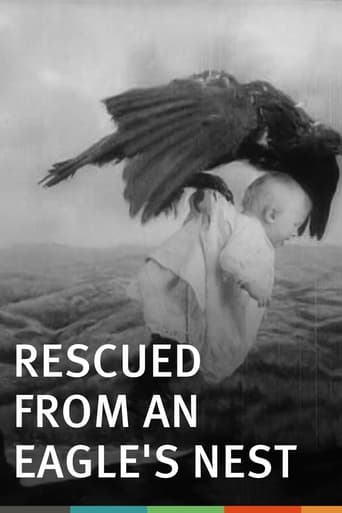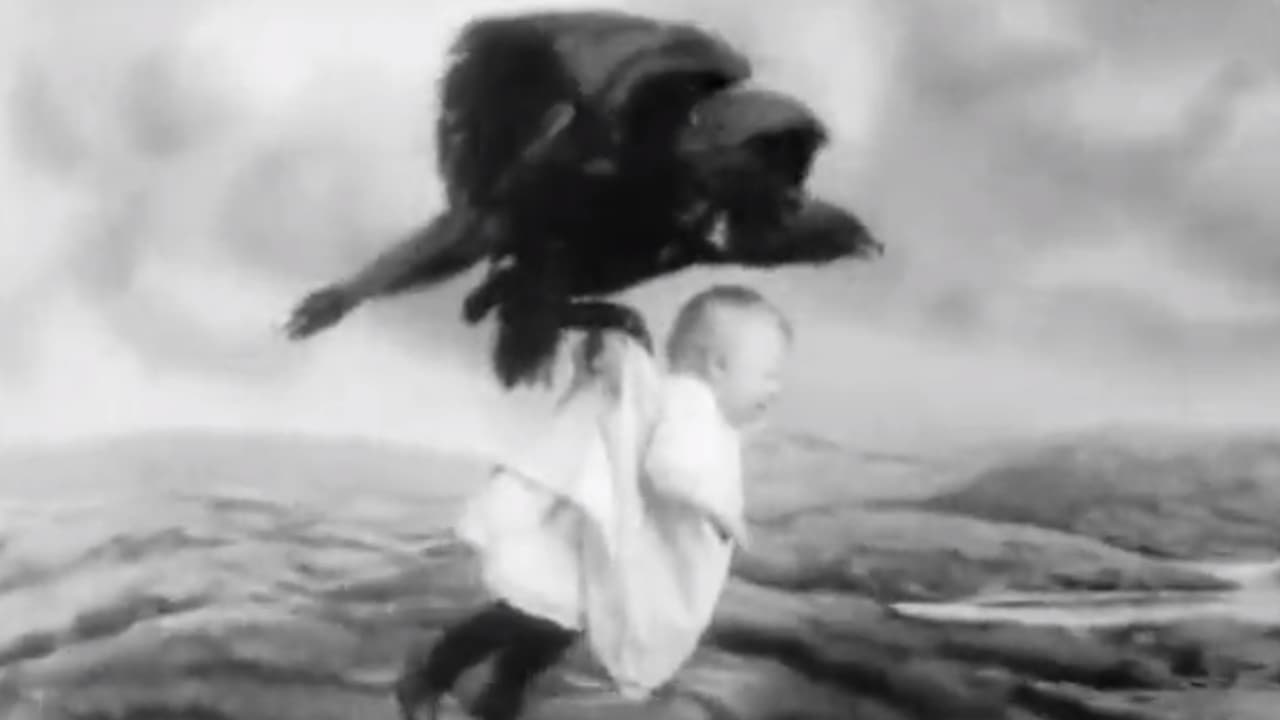cricket crockett
. . . is seen by old Tom Edison's henchmen, working for Edison Manufacturing Company (EMC), as a WANTON DESTROYER OF INNOCENCE merely fit to be lynched with a thick rope and beheaded (combining the once and future tactics of the Ku Klux Klan and Al-Qaeda). The Kino Company's attempt to glorify the "good old days" when EMC had a virtual monopoly in the American film market (thanks to the best lawyers money could buy) in the late 1800s and early 1900s involves cherry-picking the Edison catalog (most of the 400 Edison films available from the U.S. tax-payer funded Library of Congress web site for free download are too racist, too violent, too misogynistic, and\or too tawdry for Kino's elite DVD-buying segment of the commercial marketplace). Such box office challenges as UNCLE SAM GETS TAR & FEATHERED; LIBERTY BELL WHACKED & CRACKED!; or BETSY ROSS BURNS HER STAR-SPANGLED BRASSIERE are white-washed out of Kino's picture to make room for the 17 Edison versions of WATERMELON CONTEST (imagine the worst musings of Jim Crow, and who doesn't enjoy a good spit, eh?). Coming from the guy who personally burned Topsy, the most beloved public entertaining pachyderm of all time, alive in front of a stunned crowd, who could expect more of RESCUED FROM AN EAGLE'S NEST (1908; 7 minutes, 12.03 seconds)?
DLewis
In the 1930s the Museum of Modern Art discovered an old print of this title and recognized director D.W. Griffith as the young woodsman and the hero of this picture. From Griffith, MOMA got the idea that "Rescued from an Eagle's Nest" was his first film appearance, made in 1907 before he arrived at Biograph. The old man's memory may have been playing tricks on him, as we know now that Griffith joined Biograph late in 1907 and "Rescued from an Eagle's Nest" was apparently the sole instance where Griffith picked up a role outside of the Biograph studio. The experience must have been valuable to him, because -- unlike the hapless, inept and inexperienced Wallace McCutchen Jr. at Biograph -- Porter and Dawley were smart and efficient in making films, and Griffith probably brought their practices into place when he finally replaced the younger McCutcheon at Biograph. I'm not quite sure why established writing on "Rescued from an Eagle's Nest" always emphasizes how silly and banal this Nickelodeon-era short is; Porter's special effect of the eagle carrying away the baby is very well made for 1908, and as the audience for this piece would have been mostly women and children, it would have doubtlessly been effective in their eyes. The acting style may be a bit overwrought, but remember that the actors had to project from a distance, as it was still customary to present a stage-like perspective in motion pictures. Griffith himself would be one of the principal players in the art of variegating that distance to help establish the language of cinema as something apart from the typical theatrical experience, but in January 1908 that was still in the future. Griffith's one or two days spent working for Edison can be seen as something that helped to ground the lofty actor in basic filmmaking, even if as an old man he didn't really remember much of the particulars regarding this shoot.
JoeytheBrit
I guess the most convincing performance in this early silent drama comes from the baby as it is carried through the air by an eagle. The poor little ankle-biter screams his (or her) lungs out as we see him flying across a dodgy background while in the eagle's clutches. Really gets into the part, she (or he) does. Most everything else about the film is average at best, but at least the plot is easy to follow. Films were still too early for leading men or women to stamp their personality on a role, so it's not really possible to pass an opinion on the performance of D. W. Griffith and his fellow actors, other than to say they are no better or worse than others of the time. The special effects are pretty second rate - even for 1908 - but director J. Searle Darley demonstrates a sound grasp of the techniques that were then available to him.
Delphian
"Rescued from an Eagle's Nest" provides a rare view of famed director D. W. Griffith as an actor working on-camera instead of behind it. That said there is not many other reasons to watch this film.Unfortunately, the copy I saw was in very bad condition, but still even a sharp picture would not better this far-fetched tale.
Possible spoiler
A large bird that appears more like a chicken than an eagle snatches a baby while a distraught mother stands helplessly by. In what was probably a marvel of special effects for the time, the bird flys with the baby clutched in its claws not only forward but backward in a hideously fake and clumsy way. It arrives at a cave in a high cliff where Griffith fights to free the baby. The awkward, over-acted fight is almost as ridiculous as the flight of the bird.Mercifully the film is only a couple of minutes long. It's hard to believe that this film is from the same man - Edwin S. Porter - who brought us the wonderful "The Great Train Robbery" in 1903. Sadly Porter climaxed with that early film, never again reaching its greatness. A must for early cinema buffs, but for everybody else one to avoid.


 AD
AD

